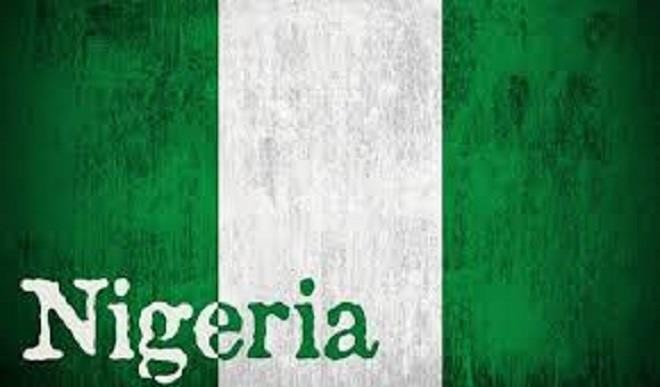Nigeria, other sub-Saharan Africa telecoms market to hit $51bn by 2021
Nigeria and other sub-Saharan Africa telecoms service market will hit $51 billion by 2021, up from $41 billion last year. Mobile services will represent more than 88.4 per cent of the telecoms service revenue in 2021, a new report by Analysys Mason, a global specialist adviser in telecoms, media and technology, has said. The report […]


Nigeria and other sub-Saharan Africa telecoms service market will hit $51 billion by 2021, up from $41 billion last year.
Mobile services will represent more than 88.4 per cent of the telecoms service revenue in 2021, a new report by Analysys Mason, a global specialist adviser in telecoms, media and technology, has said.
The report also said retail telecoms revenue in the region will grow at a compound annual growth rate (CAGR) of 4.1 per cent during 2015-2021.
Karim Yaici, a senior analyst at Analysys Mason, said the growth in revenues will be driven by population growth, expansion into rural areas and a high demand for mobile data services.
“Mobile voice will remain a key revenue contributor, and both connections and traffic will increase, but there will be greater commoditisation and bundling of voice minutes,” he added in a statement.
Yaici said mobile handset data services will be the largest source of retail revenue growth in sub-Saharan Africa between 2015 and 2021, contributing with $8 billion.
The increased availability of low cost smartphones, improved coverage of 3G and deployment of 4G networks are driving the demand for data connectivity and the development of innovative digital services, the report stated.
However, 2G will remain the predominant technology in sub-Saharan Africa, while 3G’s share of connections will increase to 38 per cent in 2021, but 4G will account for only 7 per cent of total mobile connections in 2021.
Investment in fixed-wireless and fibre technologies will help to drive the adoption of fixed broadband, and the number of broadband connections in the region is projected to increase from six million in 2015 to nearly 10 million in 2021, Yaici said. This represents an overall penetration rate of only 4.2 per cent of households, mainly because of the lack of reliable and affordable fixed broadband options.
Government-led national broadband plans, coupled with operators’ investment in fibre networks and fixed wireless technologies such as TD-LTE, will boost coverage.
